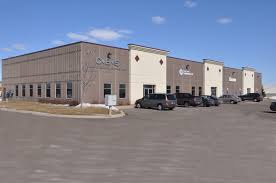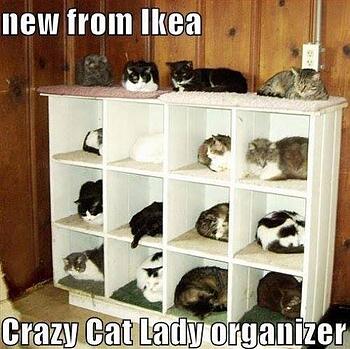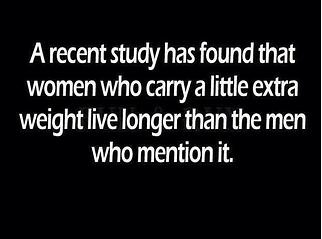 You are about to learn that the future of American manufacturing is so bright that you better put on shades.
You are about to learn that the future of American manufacturing is so bright that you better put on shades.
Training moment: You will recall that a commercial bank is just a garden variety bank that accepts deposits and makes loans, as opposed to a merchant bank or an investment bank.
Therefore we had millions of extra tenants seeking apartments at the exact same time that new apartment construction hit a brick wall. It was the perfect recipe for a squeeze. Rents soared, and apartment owners and apartment lenders made a killing.
Today tens of thousands of new apartment units are under construction. Always remember this economic principle: Outrageous profit breeds competition. Apartment owners have been making outrageous profits, so developers are going to keep building new apartments until there is a glut. This is as predictable as the sun rising tomorrow.
But there is a new class of real estate that is about to have another day in the sun - industrial. Why? First of all, there has been essentially no new commercial construction (other than apartments) since 2007. In the meantime the U.S. manufacturing sector has been gaining tremendous momentum.
Why is American manufacturing rebounding so strongly? Here are just four reasons: (1) Robotics and computers; (2) the trend towards in-sourcing; (3) the productivity of U.S. workers; and (4) low energy costs.
The use of modern robots and computers by American manufacturers has greatly reduced the need for labor. Cheap but uneducated Chinese workers would find little to do in many modern American manufacturing plants.
You know all of the American manufacturers who moved their plants overseas? We called the process out-sourcing. Well, a lot of them now wish they hadn't. Tens of thousands of formerly out-sourced manufacturing jobs are returning to the U.S. in a process called in-sourcing.
Huh? What about cheap Chinese labor? That all sounds great on paper, but having a supply chain that is 4,000 miles long makes it almost impossible to control quality. Chinese quality is not as good as American quality. In addition, a 4,000 mile long supply chain makes short production runs very difficult. A plant in China is great for cranking out 100,000 identical products; but what if you only need 2,000? And what if you want to make a design change once the run has started? It's a nightmare. And this doesn't even take into consideration that the Chinese are stealing American designs, and the Chinese government turns a blind eye. Manufacturing in China? Forget about it (said in a New Jersey accent)!

Did you know that American workers - because they use robots, computers, and the latest in industrial equipment - are four times more productive than Chinese workers? A Chinese worker might work for just 20% of the wage that an American might work, but if the American worker is four times more productive, the wage gap is far less pronounced.
Okay, hold onto your hat. I am about to hit you with the pièce de résistance - energy costs. You know all of those new oil wells that they are digging in the U.S. using horizontal drilling and fracking? These new wells are throwing off enormous amounts of natural gas, almost as a by-product. The U.S. is ballooning with cheap-cheap-cheap natural gas.
This natural gas is being used to power heavy U.S. manufacturing plants, like steel plants, auto plants, truck plants, tractor plants, aircraft plants, railroad car plants, etc. Big stuff. Heavy stuff. And you know what is the single largest line item cost for most heavy manufacturers?
You guessed it! Energy costs. How cheap is our natural gas? Would you believe about one-fifth of the cost of Europe, Japan, or China? The Boston Consulting Group did an important study last year in which they predicted that heavy manufacturers from all over the world will be economically forced to open new plants in America. We are talking about millions and millions of new job migrating to America.

Folks, this is truly the Golden Age of U.S. Manufacturing. I live in a tiny town in the cornfields of Northern Indiana, and even here - in the former Rust Belt - a huge percentage of our residents work for small manufacturers who supply parts to the automakers in Detroit. In other words, wherever you have some large industrial plants, lots and lots of small manufacturing suppliers sprout up around them.
The wise commercial real estate investor will therefore turn his attention to multi-tenant, multi-use industrial buildings, anywhere in a safe, large city in America. I'm not a big fan of industrial buildings, custom built for some defunct owner-user, in the middle of Bum Flowers, Egypt. You need to located in, or near, some very large city. The more well-educated working people in the city, the better. It is when 27-year-olds from different fields exchange, over lunch, their ideas, experiences, and tales of new products hitting the market that new industries are conceived and created. (Please re-read that last sentence.) Therefore you want to invest - or lend - in the largest and most educated cities possible.
The hot investment product for the next seven years (until developers over-build again) is industrial, specifically multi-tenant, multi-use industrial centers.
If you are trying to buy a multi-tenant, multi-use industrial center, Blackburne & Sons would be interested in helping you raise part of the downpayment.
Do you need an "A" quality commercial lender for your "A" quality deal?
Want to deal directly with the bank with no one else's grubby little hands in the pie?
Need a commercial bridge loan for just one point?







